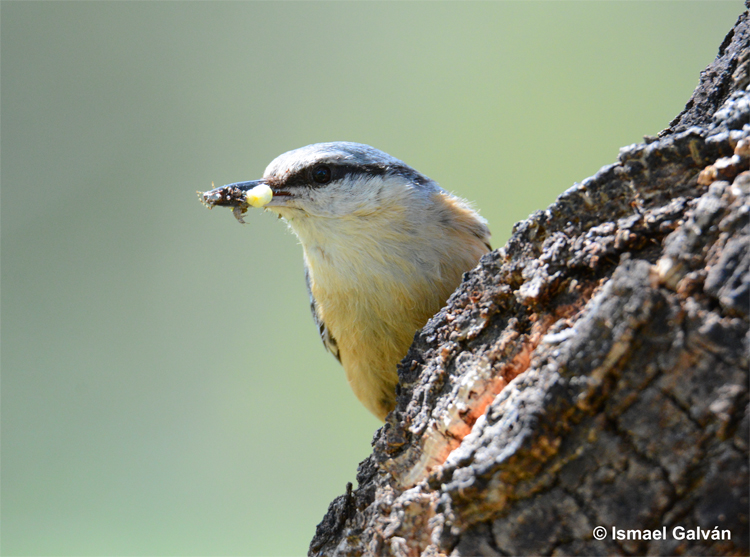Cysteine plays essential biological roles, but excessive amounts produce cellular oxidative stress. Cysteine metabolism is mainly mediated by the enzymes cysteine dioxygenase and ?-glutamylcysteine synthetase, respectively coded by the genes CDO1 and GCLC. Here a new hypothesis is tested posing that the synthesis of the pigment pheomelanin also contributes to cysteine homeostasis in melanocytes, where cysteine can enter the pheomelanogenesis pathway. An experiment was conducted in the Eurasian nuthatch Sitta europaea, a bird producing large amounts of pheomelanin for feather pigmentation, to investigate if melanocytes show epigenetic lability under exposure to excess cysteine. Systemic cysteine levels were increased in nuthatches by supplementing them with dietary cysteine during growth. This caused in feather melanocytes the downregulation of genes involved in intracellular cysteine metabolism (GCLC), cysteine transport to the cytosol from the extracellular medium (Slc7a11) and from melanosomes (CTNS), and regulation of tyrosinase activity (MC1R and ASIP). These changes were mediated by increases in DNA m5C in all genes excepting Slc7a11, which experienced RNA m6A depletion. Birds supplemented with cysteine synthesized more pheomelanin than controls, but did not suffer higher systemic oxidative stress. These results suggest that excess cysteine activates an epigenetic mechanism that favors pheomelanin synthesis and may protect from oxidative stress. informacion[at]ebd.csic.es: Rodríguez-Martínez et al (2019) Changes in melanocyte RNA and DNA methylation favor pheomelanin synthesis and may avoid systemic oxidative stress after dietary cysteine supplementation in birds


 Las altas temperaturas están provocando que las lagunas y las marismas de Doñana pierdan agua rápidamente
Las altas temperaturas están provocando que las lagunas y las marismas de Doñana pierdan agua rápidamente




